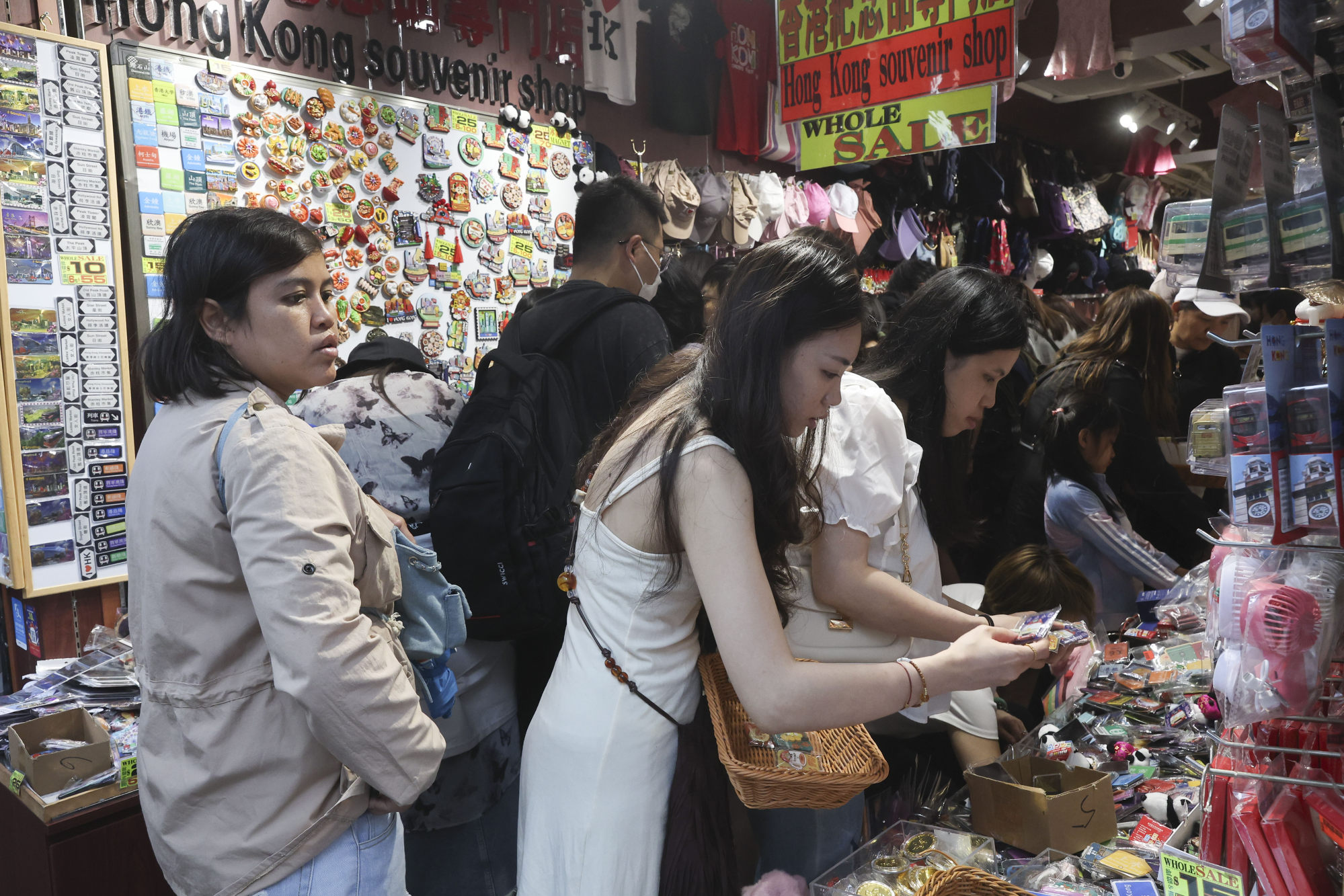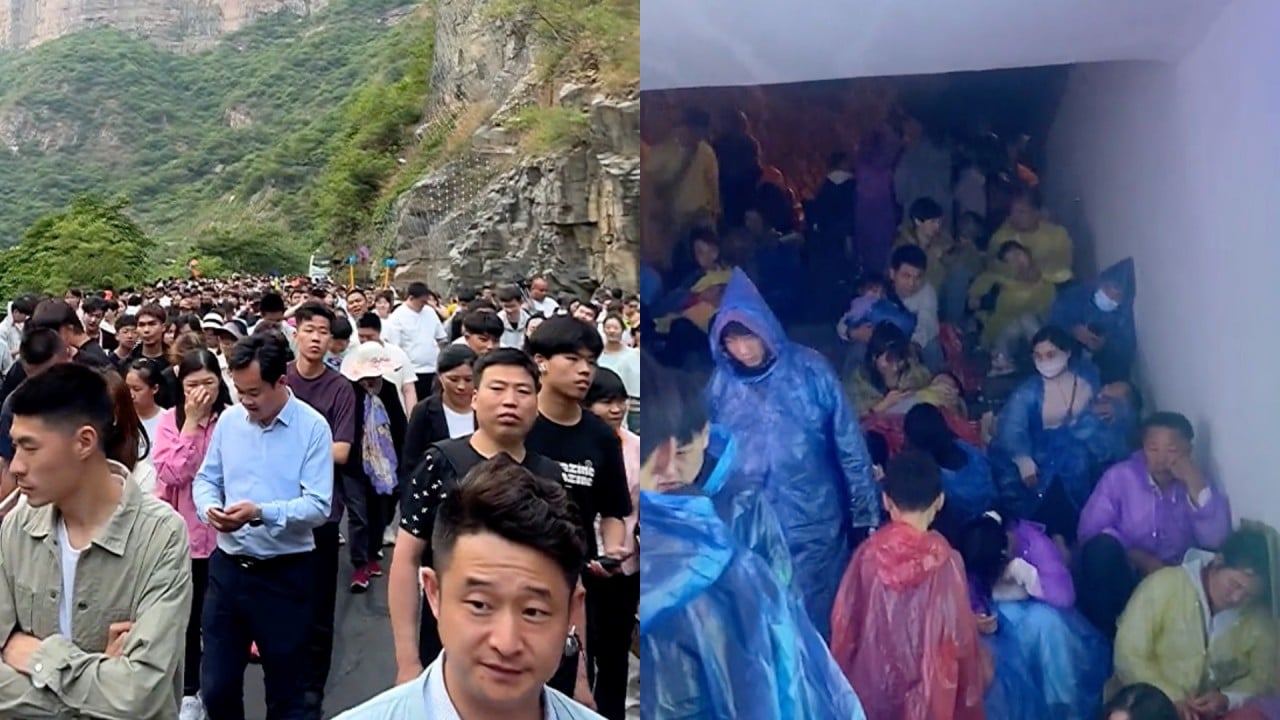
Get Hong Kong prepared to welcome influx of individual travellers
- As Beijing opens up Hong Kong to solo visitors from more cities in mainland China, they should be greeted and given a time to remember by all
For Hong Kong’s hotel and tourism sectors, the recovery from the pandemic has been painfully slow. The opening of mainland borders as the Covid-19 pandemic ended was supposed to provide the shot in the arm a beleaguered sector required. Hope has outpaced reality in this regard.
During the mainland’s May Day “golden week” holiday, visitor numbers to the city were still only two-thirds of those before the pandemic, thanks in part to the wet weather.
It is with this shortage fresh in mind that we welcome the decision to expand the solo traveller scheme to allow visitors from eight more mainland cities.
From May 27, tourists from eight provincial and regional capitals – Taiyuan in Shanxi, Hohhot in Inner Mongolia, Harbin in Heilongjiang, Lhasa in Tibet, Lanzhou in Gansu, Xining in Qinghai, Yinchuan in Ningxia and Urumqi in Xinjiang – no longer need to join tour groups, and may remain for up to seven days.
In the long term, the potential from the expansion is promising. The cities are home to 33 million people, many of them China’s ethnic minorities.
Still, they are among the more far-flung places on the mainland. Some, like Lhasa, Xining and Hohhot lack direct flights to Hong Kong. Others have direct flights but not daily.
That will need to be remedied to reap the full benefits of the scheme that started in 2003, when Beijing, keen to support the city after the severe acute respiratory syndrome (Sars) epidemic, allowed visitors from cities in Guangdong on the first solo visits. This helped the city to recover.
In February, Qingdao and Xian were added, the first time for Beijing to update the list since 2007. There will be 59 cities on it by May 27, and Hong Kong should be prepared for an inflow. Recent moves to encourage more halal restaurants, for example, are aimed at catering for Muslim visitors from Xinjiang and Ningxia.
But Hong Kong’s tourism problem is not just about the number of visitors. There has been a rise in day trippers from Shenzhen, who come to tour and eat, but skip the city’s pricey hotels and head back across the border for something cheaper. China’s sluggish economy has not helped the situation, and the strong US dollar and relatively weak yuan have meant even dearer hotel prices.

More than a few of the travellers will see Hong Kong and Macau as part of a multi-city tour. Some may also choose to base themselves out of Shenzhen or Zhuhai to take advantage of the cheaper accommodation.
Shenzhen is building more bargain hotels, something for Hong Kong to consider if it is to lure overnight visitors. That said, more tourism to the area will be good for all.
Eventually, the dollar will weaken, and more tourists will come, and spend more. Hong Kong should be ready to welcome them and be a good host throughout their visit no matter how long they stay.


